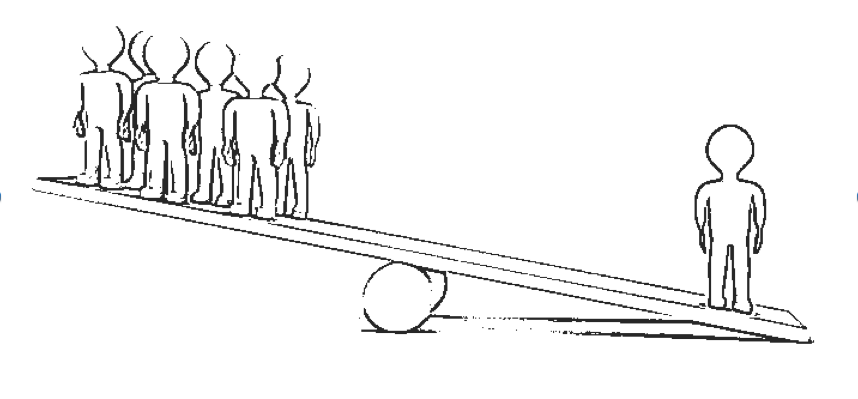
The Surprising Way Most Leaders Waste Their Top Performers
Are you getting as much out of your top performers as you could? Maybe you have people who are contributing three or four times as much as others on your…

How Would You Handle This Coach’s Dilemma?
As a leader, how would you approach the following? You recently joined a new organization to lead its marketing department, and you’ve started your first round of coaching sessions with…

Introducing Our Long-Awaited Book: What to Why
Click here to download the book for free While What to Why is only a twenty-minute read, it has been years in the making and explores a fundamental shift that…
